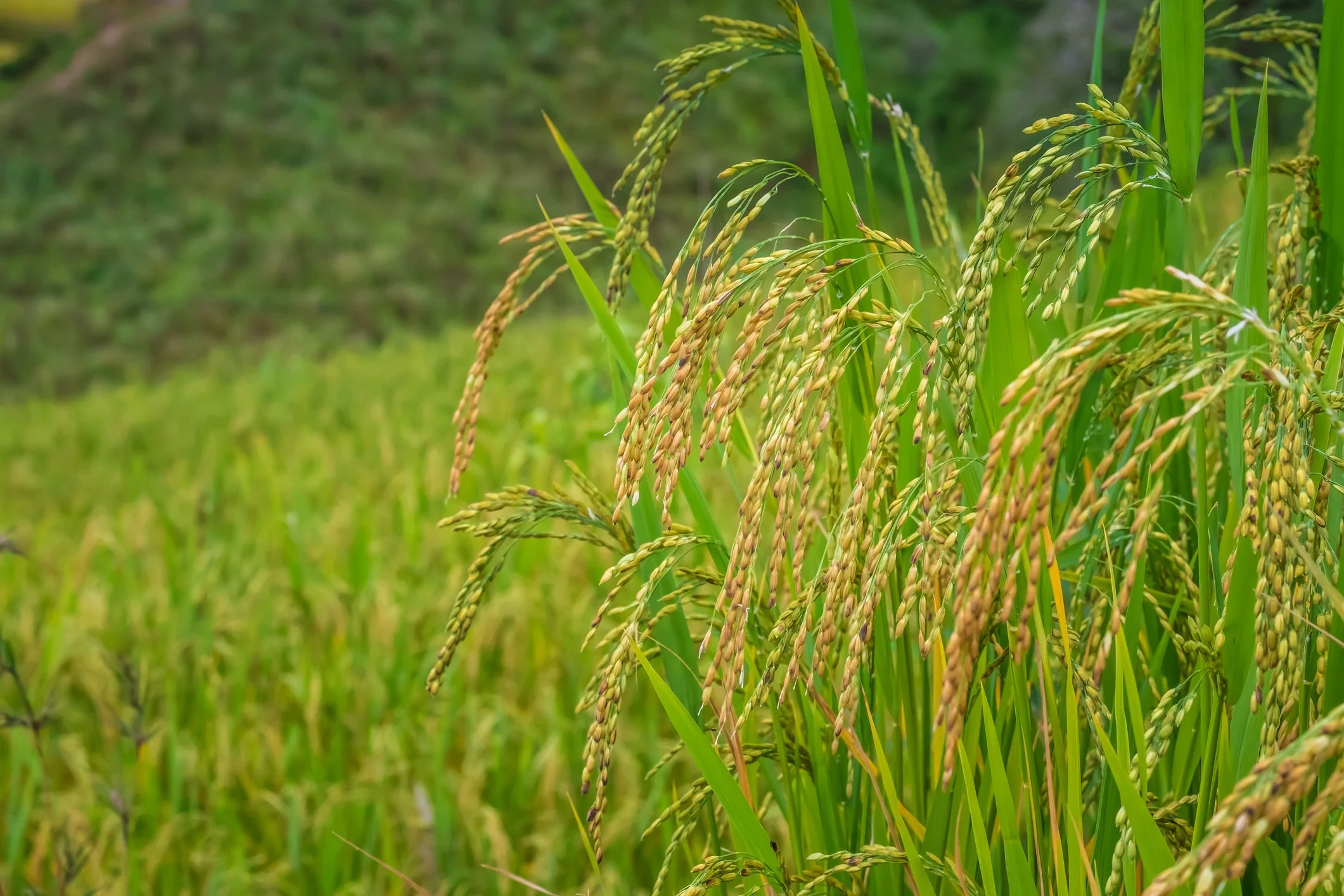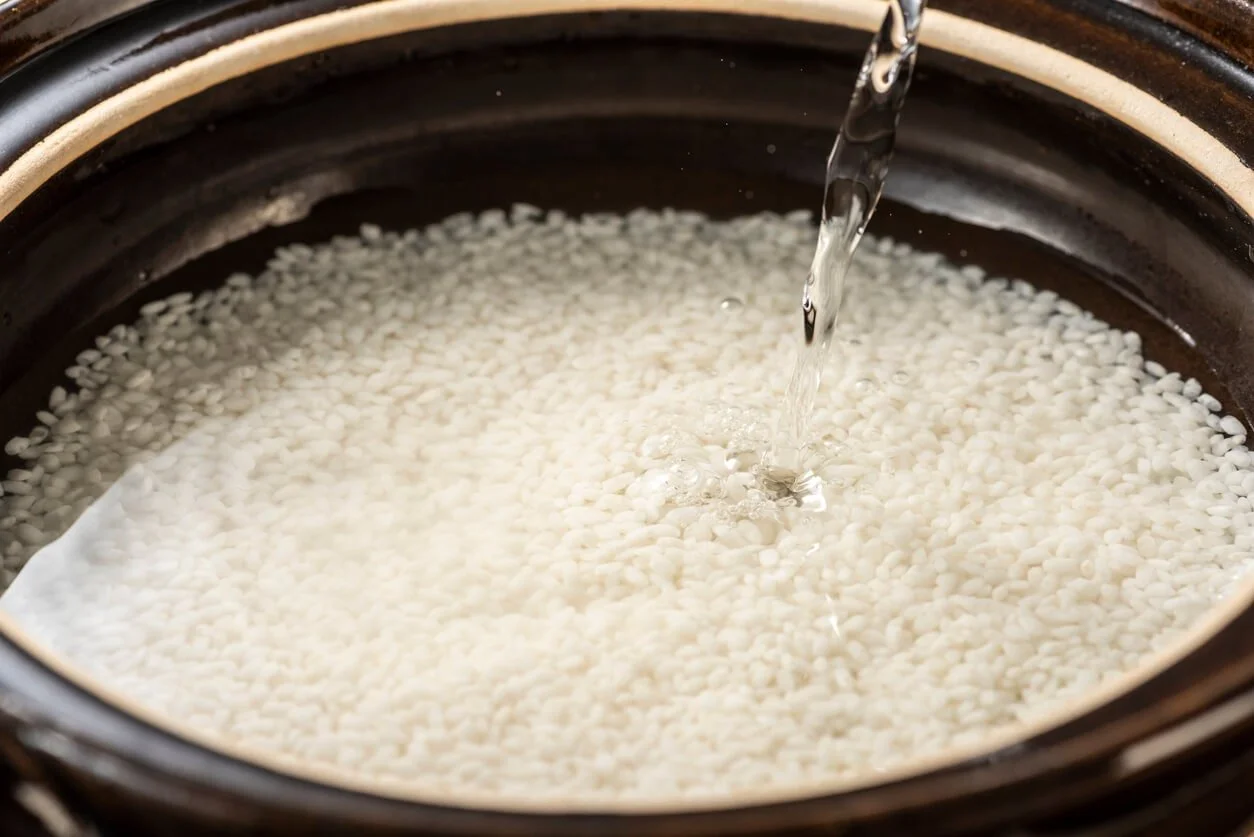Food Staples: Rice Crops
Discover > Texas Home Cooking > Food Staples: Rice Crops
Rice (how long does rice last?)is among the earliest farmed crops in our long history of agriculture. Cultivation began in China longer than 8 thousand years ago by the Yangtze River. The grain crop has conquered countless famines in places where food was scarce, battled starvation for millennia, and provides us with some of the best and tastiest food dishes in the world.
Crop Characteristics
Rice (What wine goes well with rice?) is a semiaquatic annual grass except in tropical areas where it can grow as a perennial and ratooned for up to 30 years. The grass can grow up to 6 feet tall with long slender leaves that reach up to 100cm long and around 2 cm wide given ideal conditions. Their flowers grow in pendulous inflorescences that grow 30 50 cm long. The edible kernel is found in these pollinated flowers.
Rice is a seed cultivated from one of two grass species, Oryza glaberrima (from Africa) or Oryza sativa (from Asia). As a cereal grain, rice is a primary diet staple for the world's largest continents, Asia and Africa. It's an agricultural commodity that comes in third for the largest cultivated grain in the world after maize and wheat. In 2018, 167 million hectares saw cultivation of rice worldwide. The total yield was over 495 million metric tonnes of milled and processed rice. The crop provides 1/5 of all the calories eaten in the world making it the most important crop in terms of human nutrition.
Rice Cultivation
Most rice is grown in terraced build wet paddies to facilitate flooding. Oryza glaberrima (native to Africa) is mostly grown in West Africa. Oryza sativa (an Asian species) grown almost everywhere around the world. Cultivating the crop is an incredibly labor-intensive process which is why the majority of it is imported from countries like India and China, where most of the world's rice is produced. It's not just the labor that makes cultivation so intense.
Watering paddies often requires flooding them directly after setting young seedlings. It's a complicated and long process to create channels and irrigation systems in a field that use thousands of gallons of water. On a positive note, the water doubles as protection from vermin and less robust weeds. While flooding is not mandatory for rice cultivation, it ironically does save a great deal of labor, protects the plants, and provides some secondary sources of income. In Louisiana and other marshy landscapes, crawfish are farmed alongside the rice while paddies are flooded with up to 2 feet of water.
Harvesting
Incredibly labor-intensive, manual harvesting is still common in developing countries. Rice is harvested when their moisture content is between 20% and 30% between 110 and 140 days after sowing. A common manual harvesting method known as threshing involves slamming the dried grass stalks then slamming them against a small table with slots in it where the grains fall through.
In a mechanical harvester, farmers cut the grass from the field and stick it directly into the harvester which removes all the kernels and releases them neatly out of a nozzle. At which point the moisture content is still at around 20% - 25%. For safe milling, storage, and transportation rice's moisture level has to be under 14%. Whether they've been threshed or mechanically harvested, then go through a further drying process.
How to Cook Rice
Rice has been used for cooking since it was first cultivated at the dawn of agriculture. We've made the most of the plant as it's been traded across dishes and cultures from Japanese sushi and other Asian cuisines down to the much newer creole and cajun cuisines.
Long grain rice is typically used for most savory dishes because it doesn't break apart or become mushy when it's cooked because of its high amylose (a type of polymer found in starch that does not gelatinize during cooking) levels. Medium- and short-grain rice, on the other hand, becomes sticky and holds together because of the high levels of amylopectin (another polymer of starch). This makes it ideal for sushi (What wine goes well with sushi?), risotto, paella, gumbo, jambalaya, and other wet dishes.
Instant rice has been cooked, dried, and sealed. This significantly depletes the flavor and nutrition making it convenient but not ideal.
Rice flours (how long does flour last?) and searches are useful in batters because they give that extra crisp due to their fine grain and lack of gluten.
Preparation
Before cooking long-grain rice, it's sometimes soaked in water to extract starches to keep it from sticking together. It also decreases cooking time, conserves fuel, and minimizes exposure to high temperatures. Rinsing in a fine strainer under cold water washes off some of the excess starches but does not affect the cooking time. For some varieties, soaking improves the texture of the cooked rice (how long does cooked rice last?) by increasing the expansion of the grains. Some soak their rice anywhere from 30 minutes up to several hours.
Brown rice is special because it can be nutritionally boosted by stimulating germination. You can do this by soaking the grain in warm water for 20 hours, a process called brown rice germination. It activates enzymes and enhances certain amino acids to improve nutritional value.
Rice is most often boiled or steamed. Different types require different ratios of rice to water but the typical ratios range from 1:1 all the way up to 1:7. Water is also not the only base used to boil rice. Vegetable or meat stocks, milk, and other mixtures are common to enhance a dish. When cooking rice it's important to only add the amount of water it will absorb, straining the water will result in discarding most of the water-soluble nutrients. Learn how to cook the perfect rice here.
Nutrition
Rice's impact and significance in the world are easily understated. The united nations declared 2004 the official year of rice noting that it was a staple food for more than half the world's population.
A large number of natural and artificial factors affect nutrition. Artificial enrichment ( also known as fortification) and gene modification are two of the primary ways rice producers boost nutrition levels. The strain of rice, soil fertility, water quality, weather, air pollution, cultivation, harvesting, and processing methods are other factors that decide the nutritional content.
Rice fortification is the process of intentionally adding nutrients in powder, liquid, or dough form. This can be very beneficial in poor countries where malnutrition is common and rice is eaten with or as almost every meal. The three methods are as follows:
Dusting
Dusting involves coating the kernels in a fine micronutrient powder. Avoid Rinsing or cooking this rice in excess water not to wash valuable nutrients down the drain.
Coating
Coating involves spraying rice with a fortificant mix and ingredients such as wax or gum to ‘fix’ the micronutrient layer. These fortified kernels are then added to milled rice at a ratio of between 0.5% and 2%.
Extrusion
The most common form of rice fortification; involves collecting all the broken or damaged rice kernels after milling, grinding them into a fine flour, mixing the flour with the micronutrient powder, then adding water to form a dough. Similarly like pasta, the dough presses through a mold that cuts out tiny kernels. These artificial kernels run through a dryer and either added to previously milled rice at a ratio of 0.2%-5% or sold to mills nationally.
Is There Arsenic in Rice?
Arsenic is a group 1 carcinogen naturally found in our soil, water, and even our air. The FDA monitors levels of arsenic in all foods, but particularly rice. It has a tendency or absorbs more than other crops. The amount depends on geography and strain. Brown rice and other species grown on land previously dedicated to cotton have more concentrated arsenic levels. White variations grown in Arkansas, Louisiana, Missouri, and Texas, which account collectively for 76 percent of American-produced rice, had higher levels of arsenic than other regions of the world due to past use of arsenic-based pesticides to control cotton weevils.
In April 2016, the FDA limited arsenic content to 100 parts per billion in infant rice cereal and other foods to minimize exposure to infants. For water contamination by arsenic, the United States Environmental Protection Agency has set a lower standard of 10 ppb.







